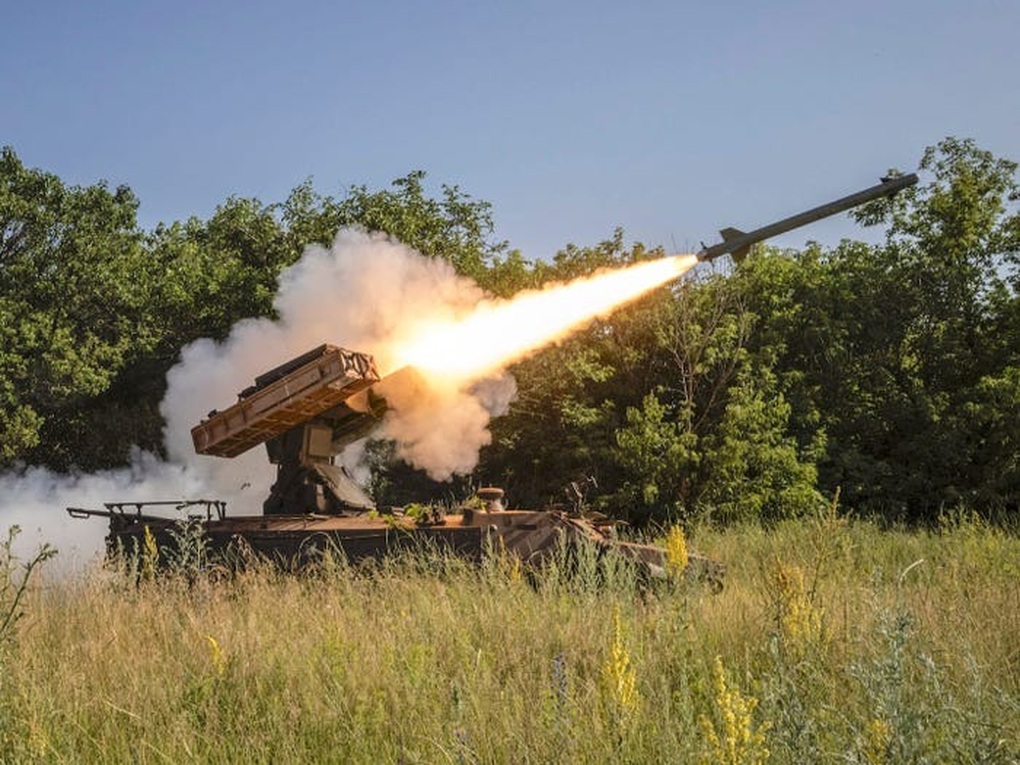
Ukrainian forces fire a Strela-10 anti-aircraft missile at a Russian drone near Bakhmut (Photo: Getty).
For Kiev, effective defenses could determine whether Ukrainians freeze in the bitter winter as Russia launches a new campaign of missile and drone attacks on Ukrainian cities and critical infrastructure.
For Russia, the ability to take down Ukrainian drones and Western-supplied missiles will be crucial in determining whether Russian troops can continue to operate and be supplied in upcoming ground campaigns.
For both sides, effective air defense systems are vital to counter the constant presence of reconnaissance and explosive drones on the battlefield, where they can paralyze military operations.
Despite Russia's efforts to thwart them at the start of the conflict, Ukraine's air defense forces have proven remarkably effective, using a combination of Soviet-era air defense systems, such as the S-300 and Buk anti-aircraft missiles, and Western weapons such as US-made Patriot missiles and German-made Gepard anti-aircraft guns.
However, after two years of continuous Russian missile attacks and Russian drone attacks, Ukraine is running out of anti-aircraft missiles and artillery shells.
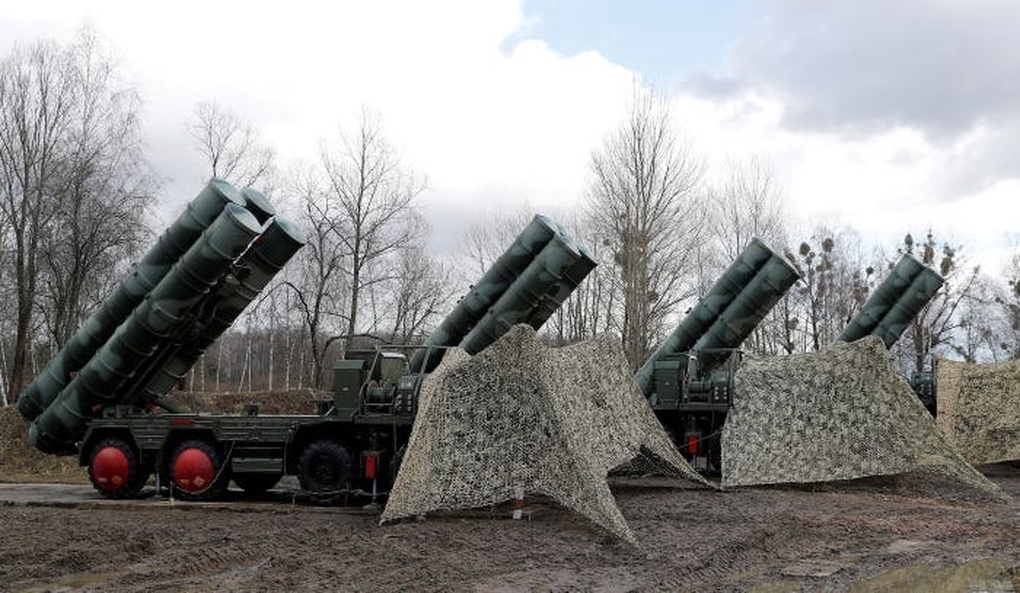
S-400 system at a military base in Kaliningrad (Photo: Reuters).
The United States and European countries are trying to increase defense production to supply Ukraine. But with production slowing, they are relying on domestic stockpiles to support Kiev, while scouring the world for missiles and ammunition compatible with Ukraine’s Soviet-era equipment.
To meet Ukraine's needs based on what was available, the US and Ukraine turned to a quick solution: "FrankenSAM", which combines Western-made missiles with Soviet-designed launchers and radars. The US has a large stock of AIM-7 and AIM-9M missiles, as well as the naval variant RIM-7, which it has provided to Ukraine for air defense.
According to Michael Kofman, an expert on the Russian military at the Carnegie Endowment for International Peace, only Russia still builds missiles for the Soviet-designed air defense systems that Ukraine uses, while Kiev and Western countries now face a "fundamental structural problem" after two years of "buying up every available missile in the world" to equip their air defense systems.
FrankenSAM could be a solution to Ukraine's ammunition shortage, Kofman said.
“The FrankenSAM effort appears to have yielded systems that we can deliver. We may not be able to produce large quantities per month, but it will allow us to deliver a modified version of the Ukrainian Buk missile or some other system that will fire our missiles,” Kofman added.
Russian missiles and drones pose a persistent threat to Ukraine's military and civilians, but Russia also has air defense problems.
Since the start of the war, Ukraine has used domestic and foreign-supplied military drones, as well as commercial drones modified to carry ammunition. Ukrainian forces have used large drones armed with missiles and small quadcopters to attack large targets such as Russian tanks, as well as small, inexpensive first-person view (FPV) drones to target individual Russian soldiers.
Ukrainian drones have also struck deep into Russian territory, attacking bases and major cities, including the capital Moscow. These attacks have caused minimal damage, but have made Russia wary.
The biggest threat appears to be Ukraine’s long-range weapons, such as the US-made ATACMS and HIMARS missiles and the British-made Storm Shadow cruise missile. These weapons have been responsible for devastating attacks on Russian bases, supply depots and infrastructure, such as the bridges that allow supplies to reach Russian forces in Crimea.
Russia has an extensive air defense arsenal that allows it to maintain coverage over strategically valuable cities, borders and territories such as Kaliningrad and the Baltic Sea. These weapons, including the most advanced surface-to-air system, the S-400, have also been deployed to Ukraine.
Several S-400 batteries have reportedly been destroyed in Ukrainian attacks in recent months. Analysis by the UK Ministry of Defence earlier this month suggested that Moscow was “very likely” to move other air defence weapons to Ukraine, suggesting the war “continues to strain the Russian military and undermine its ability to maintain a basic defence force across a wide area”.
Public flight tracking information from open-source research organization Bellingcat indicates that the Russian move was carried out in late October, when military cargo planes transported S-400 batteries out of Kaliningrad in what the Defense Ministry this week called a “Russian special airlift operation.”
Source








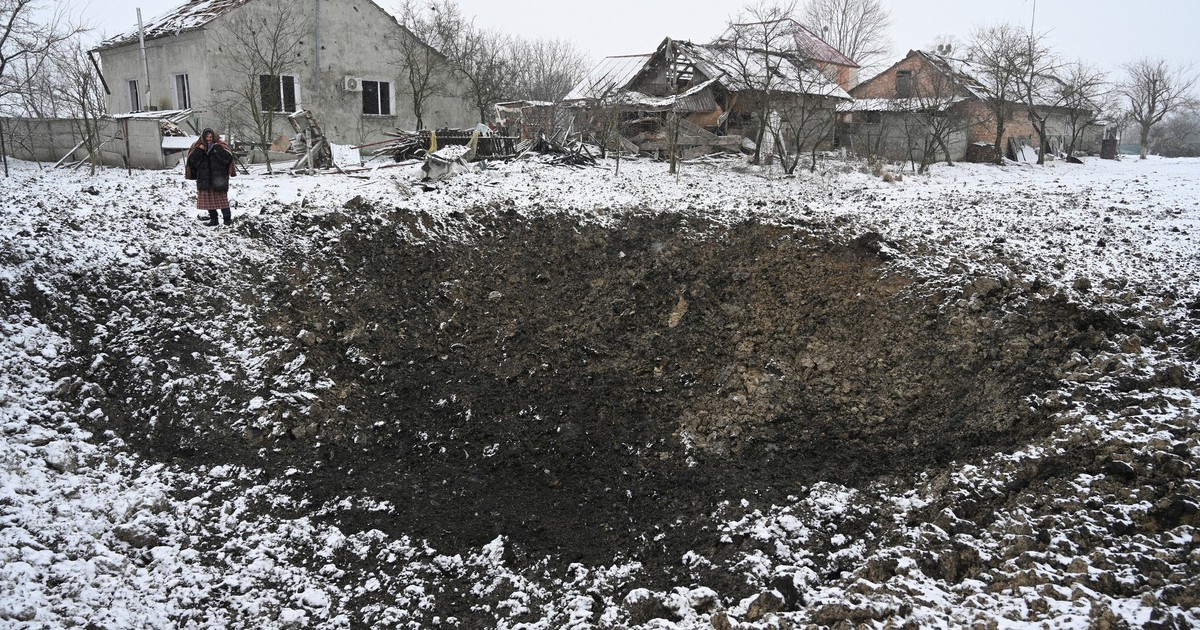

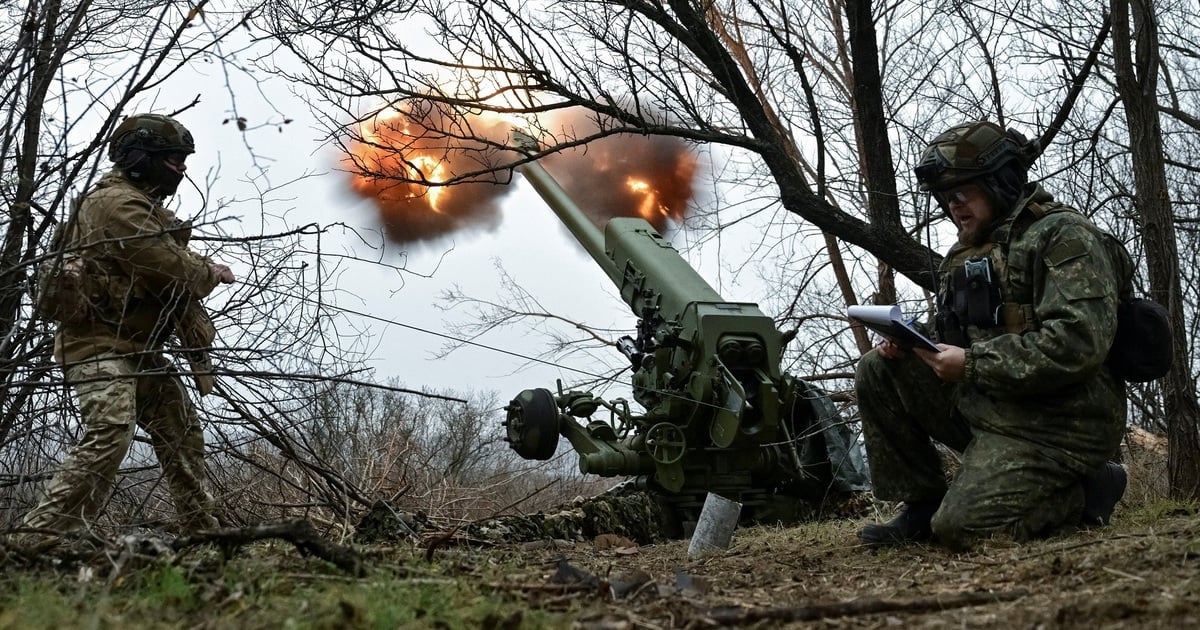
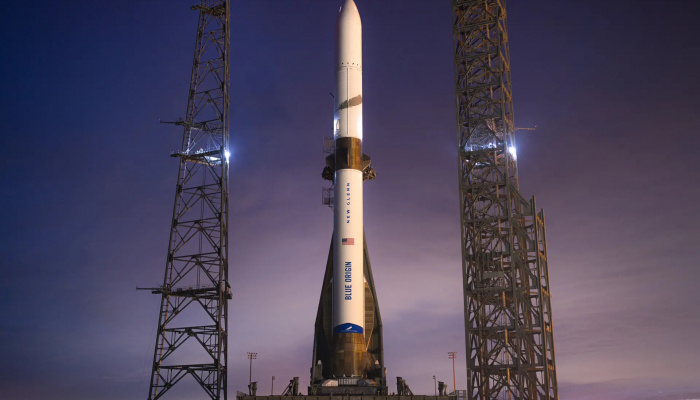

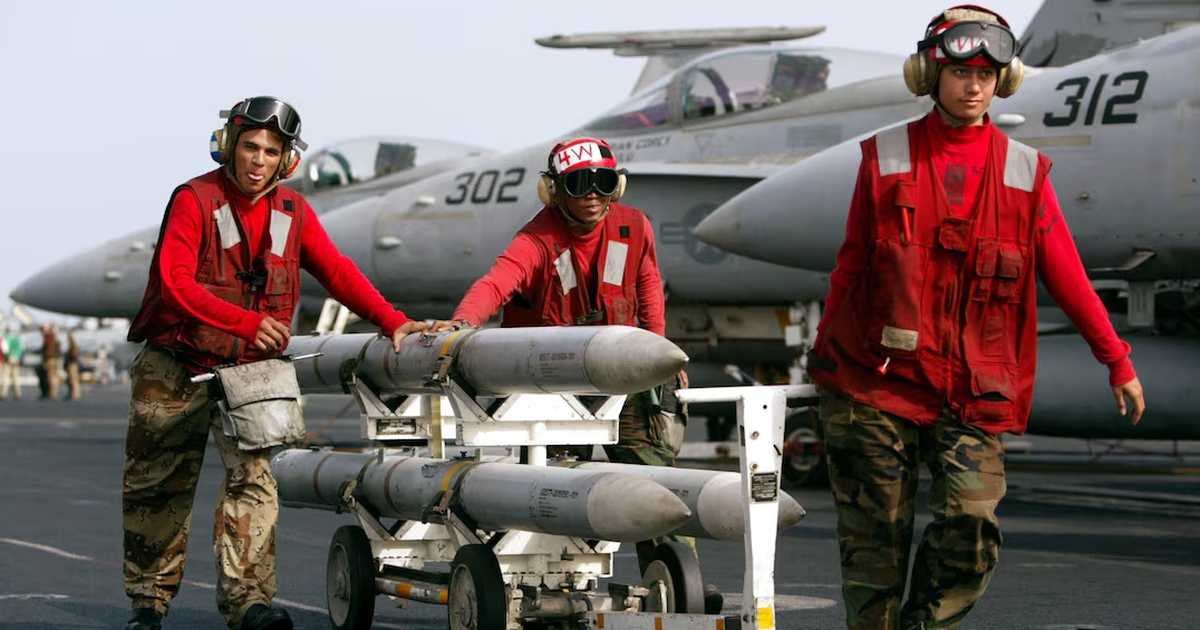


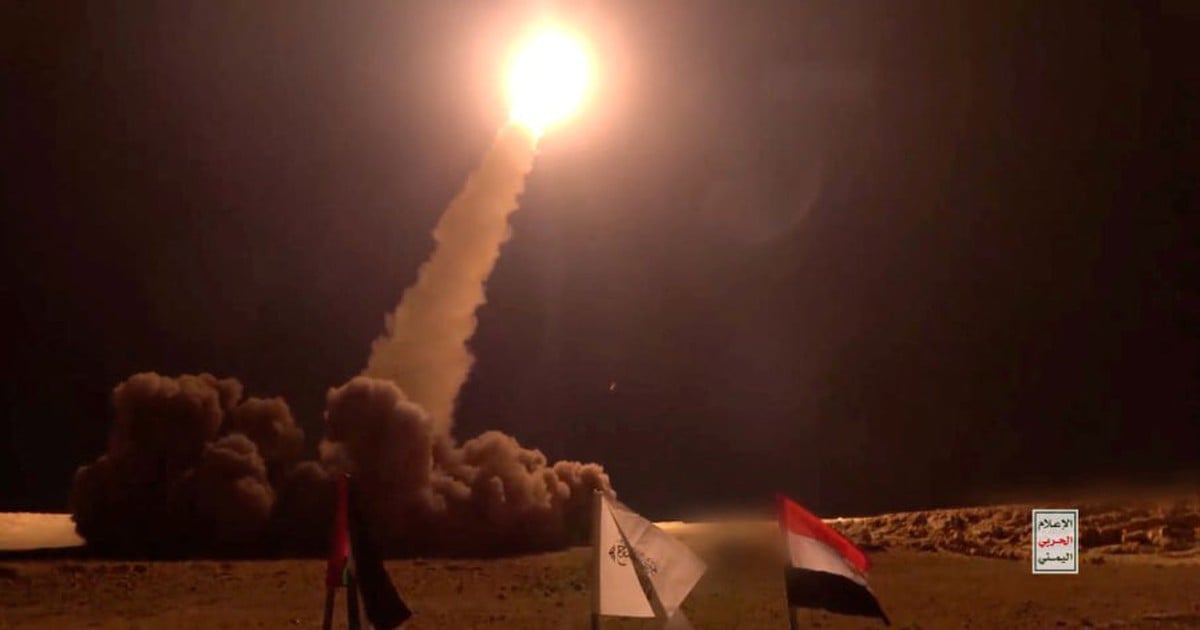





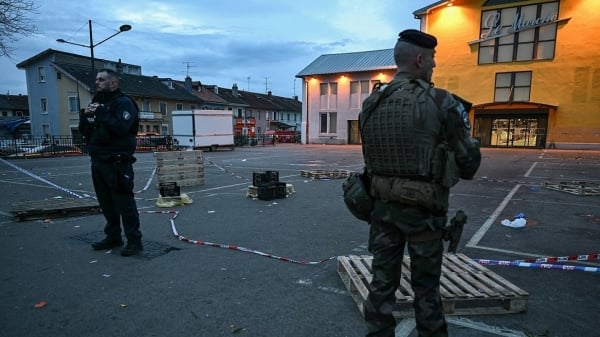














![[Photo] Prime Minister Pham Minh Chinh chairs Government Conference with localities on economic growth](https://vstatic.vietnam.vn/vietnam/resource/IMAGE/2025/2/21/f34583484f2643a2a2b72168a0d64baa)


























































Comment (0)